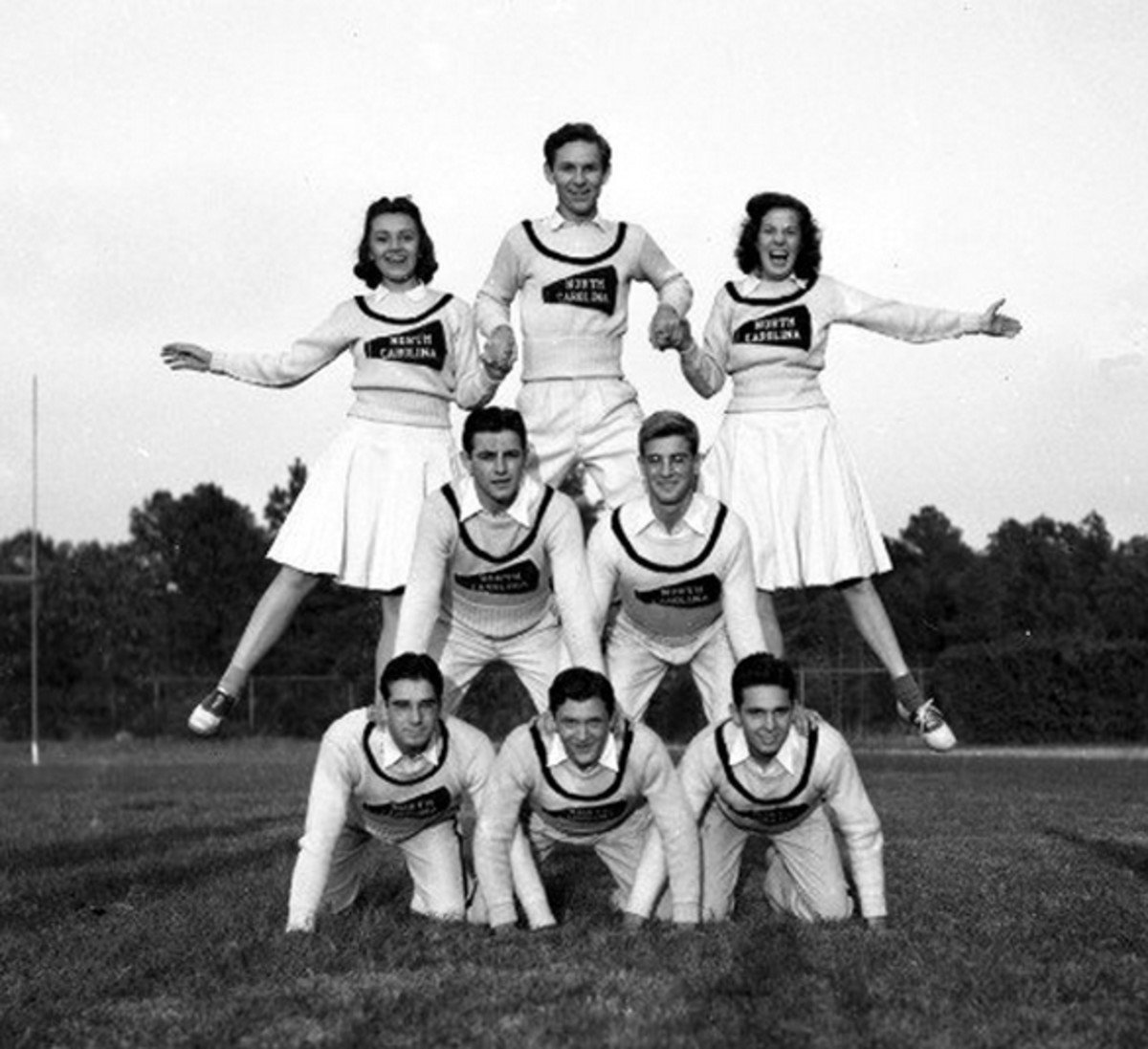The Evolution of Cheerleading
Cheerleading has come a long way from its early beginnings as a simple sideline activity. Today, it is a highly competitive and physically demanding sport that requires a great deal of skill, athleticism, and teamwork. In this blog post, we will explore the evolution of cheerleading as a sport, from its early origins to its present-day form.
Early Cheerleading
The roots of cheerleading can be traced back to the late 19th century, when students at Ivy League universities began organizing and leading crowd chants and cheers at sporting events. These early cheerleaders were primarily male, and their cheers were simple and straightforward.
The Modernization of Cheerleading
As cheerleading grew in popularity, it began to evolve and modernize. In the 1930s and 1940s, cheerleaders began incorporating acrobatic and gymnastic elements into their routines, including stunts, pyramids, and tumbling passes. Cheerleading also began to shift towards a more female-dominated activity, with women taking on a larger role in cheerleading teams.
The Rise of Competitive Cheerleading
In the 1970s and 1980s, cheerleading began to take on a more competitive form, with the establishment of national and international cheerleading competitions. Cheerleading routines became more complex and challenging, and teams began to incorporate music and dance into their performances.
In the 1990s, the International Cheer Union (ICU) was established to govern and regulate competitive cheerleading on a global scale. Today, competitive cheerleading is a highly organized and regulated sport, with strict rules and guidelines for safety and performance.
Cheerleading Today
Today, cheerleading is a highly competitive and physically demanding sport that requires a great deal of skill, athleticism, and teamwork. Cheerleading teams compete in a variety of categories, including stunts, tumbling, and dance, and are judged on their technique, difficulty, and execution.
Cheerleading has also become more inclusive in recent years, with the establishment of adaptive cheerleading programs for athletes with disabilities. Additionally, cheerleading is recognized as a sport by many universities and athletic associations, and offers opportunities for scholarships and higher education.
Over time, cheerleading has evolved from a simple sideline activity to a highly competitive and physically demanding sport. From its early roots as a male-dominated activity, to its modern form as a female-dominated sport, cheerleading has continued to grow and evolve, adapting to changing trends and demands. Today, cheerleading is a respected and recognized sport that requires skill, athleticism, and teamwork, and offers a wide range of opportunities for athletes of all abilities.





